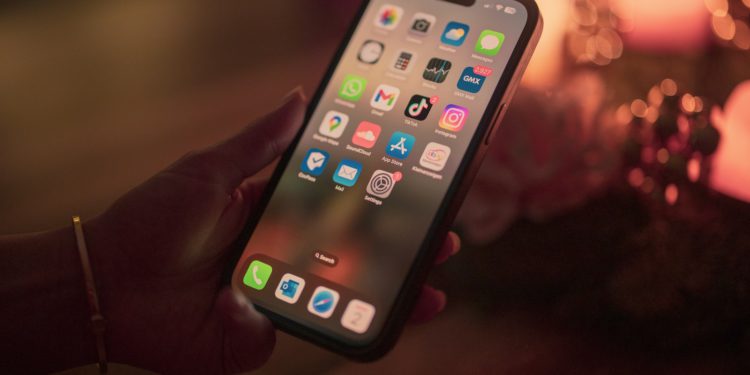Apple's iPhone 15 standard models will not feature an LPTO display. This suggests that the devices will continue to lack ProMotion support and an option for an always-on display, as is the case with Apple's Pro models.
Last year's iPhone 14 Pro and Pro Max models featured an updated power-saving display backlight that supports ProMotion refresh rates from 1Hz to 120Hz. The display's refresh rate adapts to what's happening on the screen, using lower rates for static content and higher rates for moving content like games and videos to provide a smoother and more responsive experience. According to an industry source quoted by news aggregator "yeux1122" on Korean blog Naver quoted As was the case last year, only the Pro models of the iPhone 15 series will be equipped with the LPTO panels required for ProMotion. The article states:
Apple has reportedly already made arrangements to supply iPhone 15 series display panels to local companies and will soon finalize the details and prepare for mass production. What is confirmed is that only the Pro series will have a specification that supports the LTPO 120 refresh rate while the regular Plus base model does not have this in its specifications.
Unfortunately, if this is true, it means that the Always-On Display option will continue to be available only on the Pro series, as the 1Hz refresh rate of the updated LPTO panels ensures that the lock screen remains visible in standby without draining the battery.
All iPhone 15 models receive more energy-efficient OLED display driver chip
The Naver blog source confirms the opinion of renowned display analyst Ross Young, who said in September 2022 that while he expects Dynamic Island to be found in all iPhone 15 models, production constraints would prevent Apple from offering LPTO panels for the entire iPhone 15 series. According to Ming-Chi Kuo, Apple's Chinese supplier BOE, which has received orders for the iPhone 15 and iPhone 15 Plus, will not have production capacity to supply LTPO displays for high-end iPhones in large quantities until 2024 at the earliest. According to a report, all iPhone 15 models will feature a more energy-efficient OLED display driver chip manufactured using a 28nm process, compared to a 40nm process for the current models. The main advantage of the 28nm chip is said to be lower power consumption, which could contribute to a longer battery life of the iPhone 15 models. (Photo by Unsplash / Dimitri Karastelev)





